Machine Gun Caps
Quite often, the machine-gun hood is called ZhBOT - reinforced concrete firing point, but other precast concrete structures can be fitted to this definition, which differ in both content and form. And machine-gun caps were not only reinforced concrete, metal and metal caps of a layered structure were encountered. It is wrong to call these caps and pillboxes, since they did not pull on long-term firing points, not sustaining even a single direct hit by a projectile. The reinforced concrete machine-gun cap was created by the specialists of the engineering design bureau of the Main Institute of Civil Engineering (Main Military Engineering Directorate), its authors were military engineers S. V. Barsukov, P. K. Buznik and L. N. Nikolsky. Subsequently, he was included in the album of standard constructions of the State Engineering Institute of Civil Engineering and in the instruction for engineering troops on field fortification, which was released in the 1943 year (PF-43) and did not lose its relevance until the end of the Great Patriotic War.
Machine-gun caps were mounted on previously prepared positions on top of the machine-gun nest, which was reinforced due to the sufficiently large weight of the cap, with a special wooden log structure, or pillars. The machine gun cap provided the calculation with additional protection against bullets and shrapnel. Often this cap was called - the splinter cap (this definition could be found in the documents of those years). The machine-gun cap was a reinforced concrete structure, which resembles well-known well rings, muffled on one side and with an embrasure (opening) for conducting machine-gun fire on the other. The standard cap height was 90 cm, diameter 170 cm, wall thickness - 13 cm. Because of the diameter of the structure, its names as “ruble seventy” and “meter seventy” were in use. In informal terms, machine-gun hoods could also be called reinforced concrete gun emplacements (HBOT), but this, as noted above, is not quite true.
On the cap there was a roof (cover), in which a hole was made for the trench periscope - the “reconnaissance tube”. The cap was reinforced with a metal bar, the diameter of which was 8 mm with the outlets on the roof in the form of mounting hinges. The presence of mounting loops made it possible to use automobile cranes for the loading and installation of the machine-gun hood. The need for the use of technology was, as according to the instruction for engineering troops for field fortification, the weight of caps was from 1400 to 1780 kg.
Reinforced concrete machine-gun cap, the weight of which was of the order of 1700 kg, was transported to the place of installation by truck, while for a short distance such a cap could simply be rolled. The cap was placed on a wooden frame, secured to it with wire and stakes, then sprinkled with soil and masked. To obtain a firing point of the light type, the soil at the front of the machine-gun hood and on the roof was rammed. To hold the tamped soil in the front, a special external wall was made. The machine gun was fixed on a simple wooden table, the embrasure walls were dressed with a fence, and the embrasure itself was covered with poles.
The height of the embrasure was 37-40 cm, width - 40-50 cm, which allowed to ensure the sector of shelling, which is standard 60 degrees. At the same time, the embrasure sizes could differ insignificantly depending on the production site of the cap, the same can be said about its wall thickness in 12-13. In addition, in some models of machine-gun caps there was an opening for entry from the side opposite to the embrasure and the opening on the sides 10х5 cm), the purpose of which is unknown. The inner diameter of the caps allowed the Maxim machine-gun to be placed in them with the calculation of two fighters.
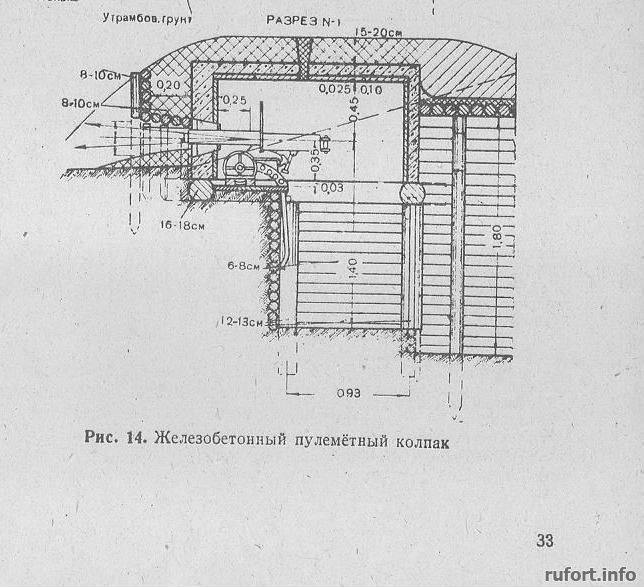
It should be noted that the 1930-ies were a time of rapid development of reinforced concrete structures, not only monolithic, but also prefabricated. Acceleration of the construction time of the objects could be provided only by precast concrete, which began to be used both in civil and industrial construction. Machine-caps were produced in concrete plants that specialized in the production of reinforced concrete structures, although their very production at that time was quite primitive. Cylindrical formwork was made from boards approximately 10 cm wide and 2-3 thick cm. Inside, a special reinforcement cage was installed, which was then poured with concrete. When the concrete was hardened, the external formwork was removed, and the inner part of the product, which was connected to the concrete with wire clips, remained in place and played the role of an anti-splinter (when a bullet or a fragment of a projectile hit the concrete, it was chipped out, and from the inside). In such a situation, formwork boards had to hold pieces of concrete, preventing the calculation of the machine gun from injury. Initially, all machine-gun caps had the same thickness of the frontal and rear walls, but later on, following the recommendation of the State Administration of Civil Engineering, the frontal wall was brought to 15 cm, probably, this was simply due to the displacement of the inner formwork relative to the axis. This solution to some extent increased the protective properties of the structure without increasing the consumption of concrete mix.
To install a machine-gun hood, it was necessary to make a log house, to which the course of the message was brought (often it was blocked). In some cases, they were limited to just a fence or a sheet-like fence of a rifle cell. Very rarely one could meet specialized concrete “glass holders”, which were installed instead of log cabins. They did not have an embrasure - just an opening for entry. The concrete wall could well withstand individual bullets and shrapnel shells and mines, but quickly crumbled when multiple hit in the same place or with a machine-gun fire. To increase the durability of the cap, it was additionally dug in with soil, constructing an additional bell made of planks before the embrasure. The top often did not require an embankment (it was assumed that, because of its small size, it was rather difficult to get into it), thanks to which the protective structure could be cut at the upper edge of the slope, providing the best conditions for shelling.
The exact date of appearance at the front of the first machine-gun caps is unknown. But it is safe to say that in September 1941 of the year they were mounted on the distant approaches to the capital, on the Smolensk direction. Most often, these were the lines of defense that occupied the divisions of the Moscow national militia, near the Dnieper and Dorogobuzh. Hundreds of machine-gun hubs were delivered and prepared for installation on the Mozhaisk line of defense, the first battles on which were fixed already on October 12 1941, another 805 machine-gun hubs were installed at the Khlebnikovskom (external) line of Moscow’s defense. At the same time, the order of 250 caps was mounted directly within the boundaries of Moscow of those days. On this basis, we can say that only in the Moscow area the number of machine-gun hubs was calculated in thousands of pieces. In the future, they were used in almost all defensive lines on which the Red Army fought.
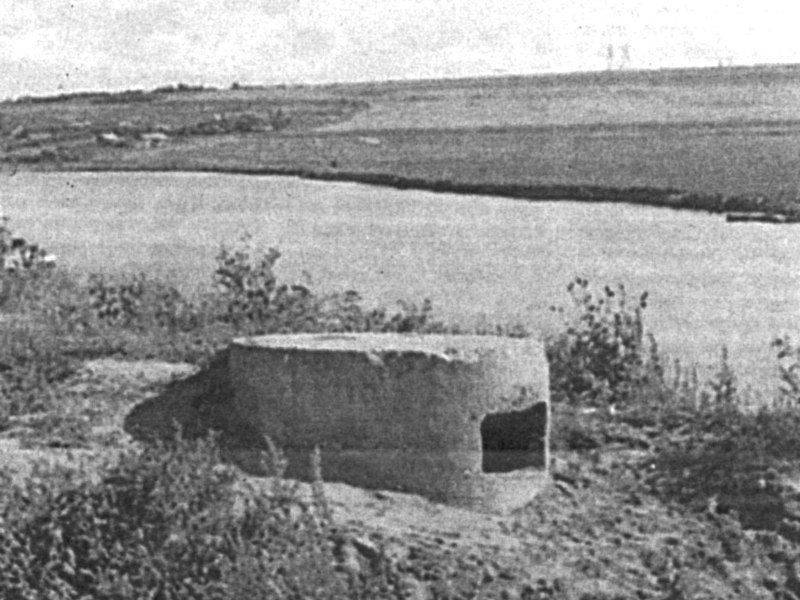
There are two main features of fortification works in the Moscow defense zone in 1941. The first is that fortifications were industrial in nature here, a very large number of ready-made structures in the form of reinforced concrete, metal and other types of caps were used, as well as a fairly large number of prefabricated reinforced concrete structures. Ready fortifications as a whole or their individual elements were quickly brought to the work sites, where they were assembled. The second feature was that civilians were massively involved in the construction of defense lines.
On the defensive lines near Moscow, one could meet not only with reinforced concrete machine-gun hubs of the Design and Construction Bureau of the GVIU, but also relatively new designs. Their example can serve as metal caps, the internal dimensions of which repeated the dimensions of reinforced concrete. However, their weight was less, cast metal construction with a wall thickness of approximately 35-40 mm weighed about 700 kg.
In terms of convenience for the garrison, all used caps are basically the same. However, it should be noted that the cast metal cap, as practice then showed, was somewhat cramped, especially when firing in the leftmost direction (the second number of the calculation in it was cramped). In this regard, there are cases when commanders of divisions objected to such structures and viewed metal caps only as a covering, preferring to fire from under it, rather than through the existing embrasure. However, this use lost all the benefits of the metal structure, which became more noticeable.
Along with a solid metal and reinforced concrete machine-gun cap, the engineering control of the Moscow defense zone created a metal cap of the laminated structure, which in its dimensions completely copied the concrete product. Such a cap consisted of two cylinders made of boiler iron, whose thickness was 6-8 mm, the gap between two sheets of thickness 15 cm was filled with sand. At the same time, the reinforced concrete hood weighed to 1700 kg, the molten metal - about 700 kg, and the metal layered - about 500 kg. The layered design of the machine-gun cap is of the greatest interest.
It is worth noting that Soviet engineers conducted tests of all types of caps for their resistance to the action of bullets and shrapnel in combat conditions. In this case, the resistance to single bullets (ordinary and armor-piercing) in all three designs was the same. The thickness of the reinforced concrete cap was 120-130 mm, the thickness of the cast metal 35-40 mm, and the laminated cap had a thickness of 160 mm, this was quite enough to protect the calculation from single shots. Test firing of layered caps with armor-piercing rifle bullets showed that they are quite reliable against single hits, even with the thickness of the sand layer 100 mm. At the same time, from the point of view of resistance to machine-gun fire, that is, the repeated impact of bullets, these designs were not equivalent.
According to the research, with concentrated automatic fire, reinforced concrete caps were easily penetrated. There is nothing unusual in this; concrete and reinforced concrete resist repeated impact much worse than metals; this is because with each hit on such a structure, large-scale surface fractures are formed, which eventually weaken the thickness and lead to end-to-end destruction. The layered structures created in engineering management were more favorable in this regard, since if any voids were formed in their thickness as a result of repeated bullet hits, sand or gravel filled them, the design could again provide good resistance to bullets and shards flying into it .
In order to impede the possible eruption of sand or gravel through a hole in the shell, it was supposed to lay felt or an overcoat cloth on the metal. Then this design should work even better. Summing up, it can be said that if, from the point of view of the amenities provided to the garrison, all of these structures were almost the same (if the metal was narrower), then from the point of view of resistance to fire, cast metal hubs had an advantage.
Trophy machine gun hubcaps were also used by Wehrmacht subunits, but only in limited quantities. Perhaps this was due to the fact that Hitler's troops did not take the Red Army's defense positions for so long, where they were mounted in the 1941 year - removing even unidentified machine gun caps from the Mozhaisk line of defense near Moscow in winter conditions was not an easy task. At the same time, it is authentically known that the machine-gun caps were used by the Germans for strengthening Velikoluksky fortress. Caps were embedded in the ramparts of the fortress and had exits inside, in brick galleries located in the shafts.
After the end of the Great Patriotic War, parts of machine-gun hubcaps were used in the national economy. Thrifty Soviet collective farmers hauled the caps closer to their home, laid an embrasure with bricks, redoing this fortification into a compost pit or a watering bowl for livestock. In the Moscow region, not far from Podolsk, a culvert pipe was found, almost entirely consisting of machine-gun hubcaps, which, on the contrary, had the roof dismantled. And in Velikiy Luki machine-gun caps became the basis of the dam, which was restored in the city after the end of the war. And only a small part of these fortifications was preserved in the form of monuments.
Information sources:
http://warspot.ru/236-zhelezobetonnyy-schit-maksima
http://www.moscor.ru/category/bitva-za-moskvu
http://www.kuncevo-online.ru/photo_fil_park_dot_zgbot.php
http://rufort.info/index.php?topic=1233.0
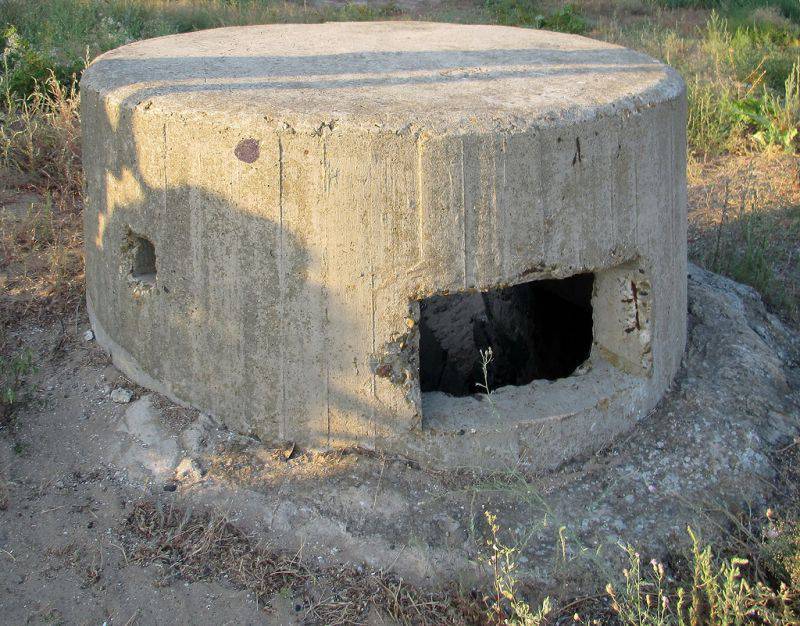
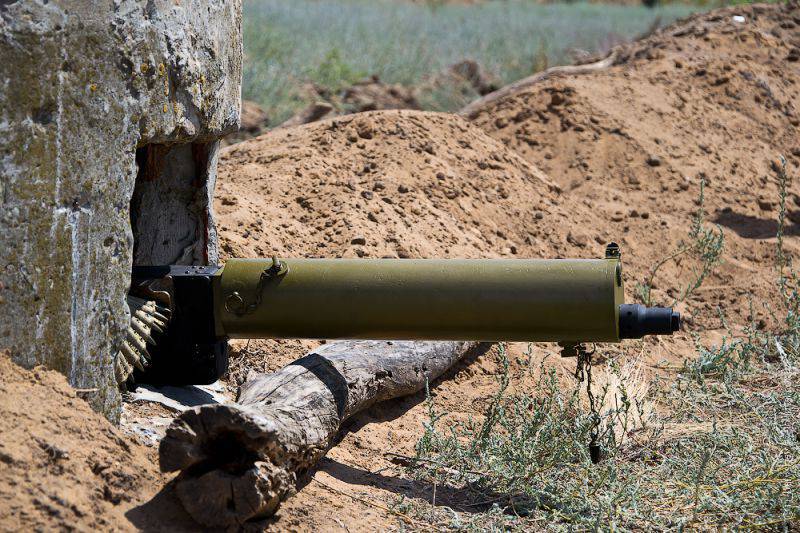
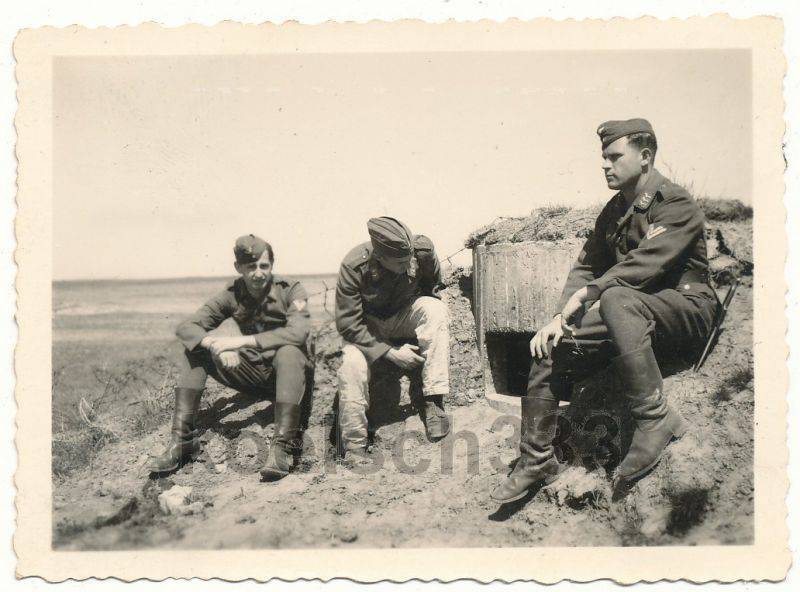
Information